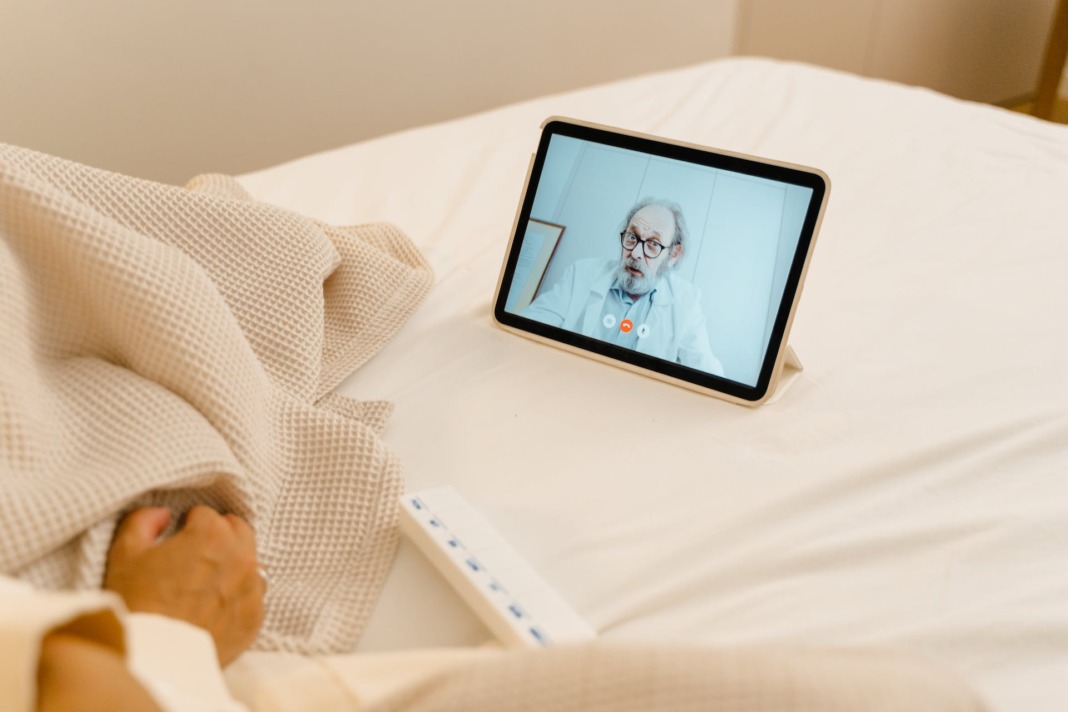The landscape of healthcare is rapidly evolving, spurred by significant advancements in diagnostic technology and the integration of virtual healthcare systems. This article explores the current state and future prospects of diagnostic technology in the context of virtual healthcare, with a specific focus on wound care, and how these advancements are reshaping healthcare access and delivery.
The intersection of diagnostic technology and virtual healthcare represents a revolutionary shift in medical practice. Virtual healthcare, which involves the use of digital platforms and telecommunication to provide medical care, is increasingly incorporating advanced diagnostic tools. This integration offers numerous benefits:
- Remote Monitoring: Patients can be monitored remotely using devices that collect data on various health parameters, which can be transmitted to healthcare providers in real-time.
- Tele-diagnosis: With advanced imaging and data analysis technologies, medical professionals can diagnose conditions without the need for physical consultations.
- Precision Medicine: Diagnostic technologies facilitate personalized treatment plans based on the patient’s specific health data and genetic information.
- Data Integration and Analysis: Leveraging big data and AI algorithms, virtual healthcare platforms can analyze vast amounts of medical data for more accurate diagnoses and treatment strategies.
This synergy enhances the efficiency and accuracy of medical services, making healthcare more proactive and personalized.
Diagnostic Wound Care Technology
In the realm of wound care, diagnostic technology has made significant strides. Advanced wound care diagnostics involve several innovative technologies:
- Digital Imaging and Analysis: High-resolution cameras and image analysis software enable accurate assessment of wound size, depth, and healing progress.
- Wearable Sensors: These sensors can monitor various wound parameters such as temperature and moisture, indicators of infection or other complications.
- 3D Scanning and Printing: Used for precise measurement of wound dimensions and creating customized wound dressings or skin grafts.
- Molecular Diagnostics: Techniques like PCR (Polymerase Chain Reaction) are used to detect bacterial infections in wounds, allowing for targeted antibiotic therapy.
These technologies not only streamline wound assessment and treatment but also improve the accuracy of diagnoses and the effectiveness of treatments.
Virtual Healthcare and Healthcare Access
Virtual healthcare is a key driver in improving healthcare access, particularly in remote and underserved areas. This is especially pertinent in wound care, where timely and appropriate treatment is crucial. Virtual healthcare enables:
- Wider Reach: Patients in remote locations can access specialist wound care services that might not be available locally.
- Convenience and Cost-Effectiveness: Reduces the need for physical travel, saving time and money for both patients and healthcare providers.
- Continuous Care: Facilitates ongoing monitoring and management of chronic wounds, crucial for preventing complications.
- Patient Empowerment: Through educational resources and teleconsultation, patients are better informed and engaged in their treatment process.
- Collaboration and Coordination: Allows for seamless collaboration between different healthcare professionals involved in a patient’s care.
Advances in Diagnostic Technology
The future of diagnostic technology is marked by continuous innovation, with several emerging trends:
- Artificial Intelligence and Machine Learning: AI algorithms are increasingly being used to analyze medical images, predict patient outcomes, and recommend treatment plans.
- Internet of Medical Things (IoMT): The proliferation of connected medical devices enables more comprehensive and continuous data collection, enhancing remote monitoring and diagnostics.
- Genomics and Personalized Medicine: Advances in genomic sequencing allow for more personalized approaches to treatment, based on an individual’s genetic makeup.
- Nanotechnology: The use of nanotechnology in diagnostics enables more precise detection of diseases at a molecular level.
- Blockchain in Healthcare: Ensures secure and transparent sharing of medical data, enhancing collaboration and data integrity in virtual healthcare settings.
These advancements promise not only to enhance the capabilities of healthcare professionals but also to empower patients with more control over their health and treatment options.
In conclusion, the integration of advanced diagnostic technologies into virtual healthcare is transforming the medical field, making healthcare more accessible, efficient, and personalized. As technology continues to advance, it will undoubtedly open new frontiers in medical diagnostics and treatment, ultimately leading to better patient outcomes and a more resilient healthcare system.



